Are you one of those persons who reads the label of hair products and follow application instructions or do you just skip this and apply them straight away? Before transitioning, I would read the instructions and follow the directions. Unfortunately, I usually didn’t get the results I was looking for. Now, on my transitioning journey, I still read the label on the products but I changed the way I apply it on my hair. The number one mistake I was making was not using enough product. If you’re using natural curly hair products, do you know how much is enough for your hair? Is it a nickel size amount?
It’s funny, going natural forced me to know my hair’s needs and care for it the way it needs to be cared for, not the needs of a so-called majority printed on a label. Truth be told, although I was using products for dry, very dry and rebellious hair, my hair was relaxed and the products contained ingredients that probably didn’t benefit my relaxed hair. But that is an another story.
Currently, my natural hair is growing out and if there is something I know now is that the amount of hair product you use is dependent on your hair’s unique characteristics. That is why it is so important to understand your curly hair. You should read my “Unboxing Natural Hair” blog series with 5 posts for a clearer understanding of your hair. Start with this one and follow from there. For now, let’s identify what is important when determining how much product your hair needs.
Hair Type, Is It Important?
Andre Walker classified them into four different types that go from straight to kinky/coily hair. Science also tells us that curly hair is drier than straight hair because its natural oil has difficulties traveling along the hair’s length. This initial information will tell you that curly needs more moisture to keep dryness at arms length. You could ask, “Does it needs more product then!?” Well, not exactly… Your hair product can be so good, that a small amount could give you the desired look and moisture. However, in my opinion, porosity, texture and density are more important factors.
Porosity
Porosity refers to your hair’s ability to attract and retain water. Low porosity hair will have difficult doing this since its cuticle layers are tightly closed. High porosity hair, on the other hand, attracts water very easily but has great difficulties in retaining it. This happens because the cuticle layers are damaged or don’t close appropriately and water exits as easily as it entered.
You could think that low porosity hair needs more product to provide moisture and avoid dryness. However, because of its closed layers, applying more product means that it will only sit on top of the hair making it look greasy and causing product build up. So in this case, you might need to use less rather than more. But, more importantly, you need to achieve a good moisture balance in your hair to keep the problems that usually accompany low porosity hair under controlled. Read this post to know how you can do this, once you achieve this you will have a better sense of the amount of hair product your hair needs.
High porosity hair will be the type of hair that just seems to “eat away” all the product you apply on it. What you need, is to look for products that can penetrate the hair shaft and fill in the damaged/open areas. Coconut oil is known to do this, but you can also look for products that have hydrolyzed proteins. This way you won’t need to use a “truckload” of product which also means money savings!!! Read this post to learn how to improve high porosity hair.
Density
Simply put, density refers to the amount of hair you have on your pretty head. If you have high-density hair, then you have a lion’s mane on your head and that means more product. You need to section your hair in small sections and make sure it is well coated or you may find yourself with a frizzy problem. Low-density hair needs less product as you have fewer hair strands on your head. Too much product converts in hair that is weighed down. Nevertheless, because nothing is ever simple with naturally curly hair, you need to account for texture and porosity as well.
What if your hair is coarse, has high-density and low-porosity? In a hasty analysis, you might say that you need more product because you have high density and coarse hair. Still, you also have low-porosity hair that doesn’t take products very well. So you need to nourish your hair from within first so you can then have a sense of how much product your hair needs.
Texture
Coarse hair means thicker hair, hair that needs more product or hair that can handle a heavy-handed girl when it comes to products. You will need to make sure that you section your hair and coat it well with your product to achieve the desired look. Fine hair needs less product. If you go all heavy handed your fine hair will look heavy and even greasy. Having said this, you will also need to consider if your hair is damaged (in any way), if it has low or high porosity and its density. Confusing isn’t it? Don’t forget to read this post about hair texture.
A Few Tips
- More product means you achieve more defined or orderly curls. On the other hand, this means you could also
 get a white film or flakes depending on the products you combine together. Or, you can get a crunchy hair which you can get rid of by simply scrunching it out.
get a white film or flakes depending on the products you combine together. Or, you can get a crunchy hair which you can get rid of by simply scrunching it out. - Less product means looser curls, but if you apply too less you’ll have to deal with frizz.
- Work the product on your hair through sections making sure to cover all hairs or, once again, you will loose the battle to frizz.
- Start with a little, apply your product on the ends first and work your way up. This way you won’t over do it and if you feel it’s not enough you can always put some more.
- Applying product on your scalp can result in an itchy scalp.
A Final Word
Since you’re transitioning, you will have the added difficulty of dealing with two completely different textures. This means your natural and relaxed hair will react differently. For example, I feel my relaxed hair needs more product than my natural hair. However, having to juggle this two balls will end when you finally cut all your relaxed hair.
I know that caring for your hair before transitioning to natural hair or doing the Big Chop seemed to be a lot easier than it is now. You have so many things to take into consideration that you feel as if you’re going around in circles. Trust me, everything will eventually sink in and things will become a lot easier, just like they did for me.
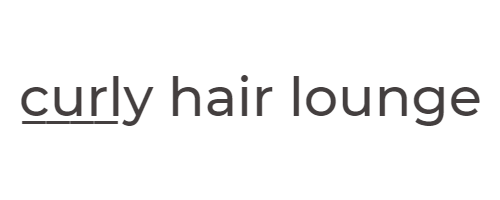
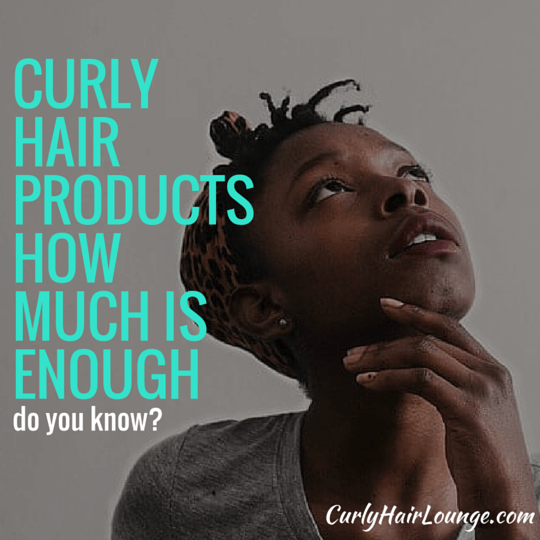
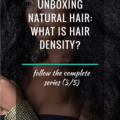

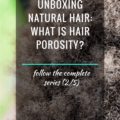
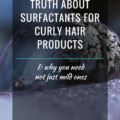

4 thoughts on “Curly Hair Products – How Much Is Enough?”
Hi Monica. I have low porosity hair that needs more product to provide moisture and avoid dryness. I would apply it from the bottom towards the scalp. And also use a comb to comb starting from the bottom during application so that it sort of detangle the hair and work toward the roots but stopping near the roots so that the products has no way of irritating my scalp.
This is a well written article. Very informative. Keep it coming. I will be back!
Cathy
Hi Cathy, low porosity hair doesn’t necessarily need more product. Because it has tight closed layers products don’t get in easily and hair feels dry. However, if you follow a few practices I mention on this post you won’t need to use a lot a product as hair will feel moisturised. The good thing about low porosity hair is that once moisture gets in it is hard to get out. So this hair can be quite healthy. However, if you do apply practices to improve porosity but have high density, yes you would need more product to cover your tresses. Thanks Cathy for stopping by. 🙂
Hello Monica! What a great article 🙂 I have taken away from this a few great tips! I had no idea about hydrolysed proteins so thanks for the “heads” up. Dense,frizzy hair is what I deal with on an every day basis. So I will be starting the coconut oil here soon as well. I will be checking back soon to see what other nifty little tricks you have for us.
Mary
Hi Mary, hydrolized proteins are good for low porosity hair, but I wouldn’t advice you to doing frequently. Too much proteins can dry out your hair. See how your hair feels and go from there. However, coconut oil is super good as a pree-poo and sealant it will help keep the moisture in. Check the link I provide in the post to improve porosity. I’m glad you liked the post and hope to see you here in comments sections again. 🙂